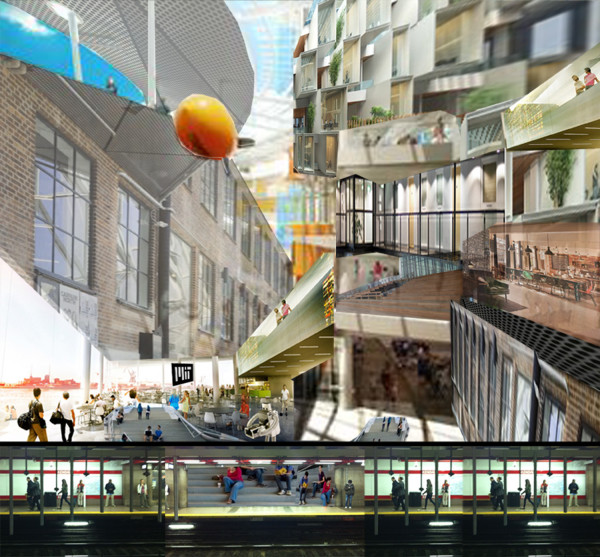
How do we identify place?
There is a sense of empathy that traveling evokes for me, I enjoy learning the history of a place so that I may best understand the context of what I am experiencing. The first trip that I took with friends while in college to Costa Rica is where I fell in love with exploring new cultures. The unplanned journey was an adventure from the moment we arrived. Without a plan, we had the freedom to go where we desired at any given moment. We took the bus and boats around the country and experienced the locals, the cuisine and were able to get a tangible grasp on the culture. This trip heightened my awareness for wanting to understand the unique attributes of the places. For me, visiting a new place is not only about seeing the sites, it encompasses learning the history, tasting the local flavors, speaking with residents and traversing the streets. I find charm in places that contain a history that is visible and a future that is bright. I am always enamored by cities that function in a way where community is still present and people are working together to strengthen it. My strong desire to understand the unique attributes that lead to a strong identity of place greatly influenced my Master’s of Architecture thesis at the Boston Architectural College, which I will be completing in May. For my Thesis project I have chosen to investigate how architecture can achieve and help establish a local identity.
My project is sited in Kendall Square, Cambridge, Massachusetts. The goal is to create a building that represents the unique character of the Kendall Square community. The building will be a place to experience the creative energy of the neighborhood, aid in wayfinding and navigability of Kendall Square, and provide a variety of uses to allow for interaction between diverse groups of people throughout the day. My investigations into the physical environment of character rich places has allowed me to establish a metric for creating a building that will promote the identity of Kendall Square. The building will encourage interaction and exchange of people and place. The program is a train station that incorporates a market, brewery, theater and incubator space. The building will bring together the variety of people in circumstances that allow meeting and gathering. The design is still in the early stages, but it hopes to blur boundaries with its surroundings, offer visual connections between program elements, and create an environment that will provide for the needs of neighborhood users. In my experience, the strongest connections I feel to place are when the urban environment provides clues to understanding the people that use it. I look forward to sharing the design of the building as it progresses.
-Abby



